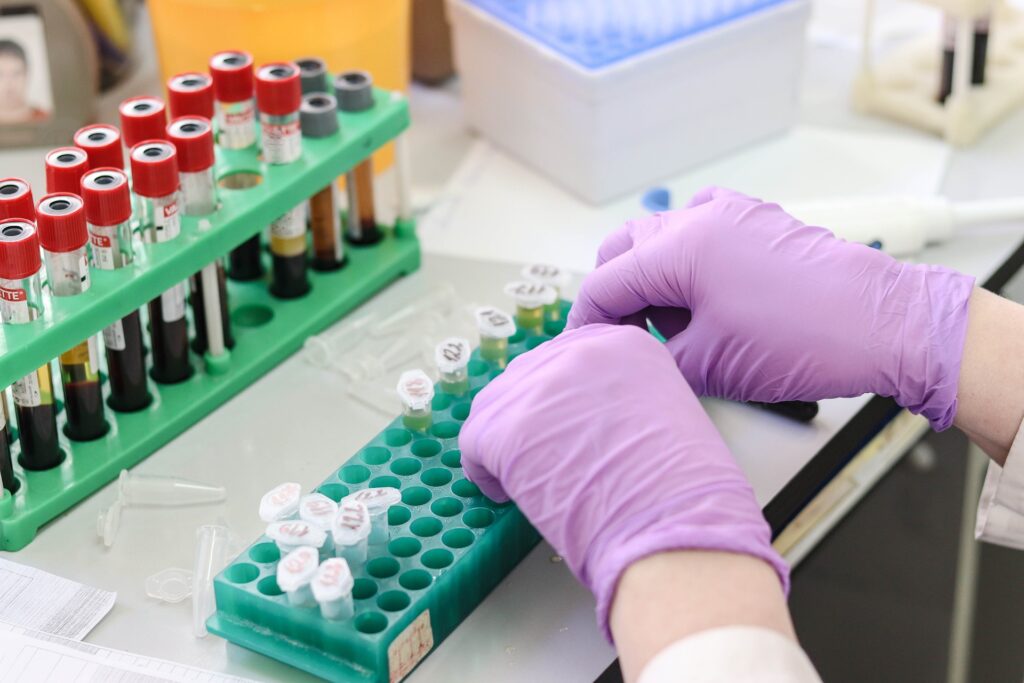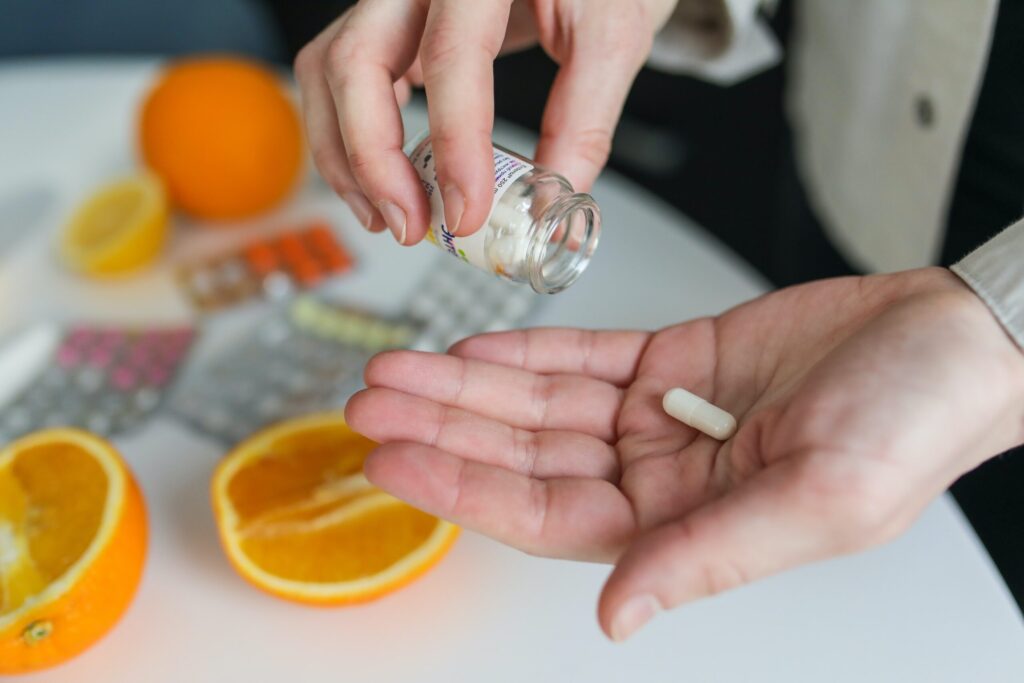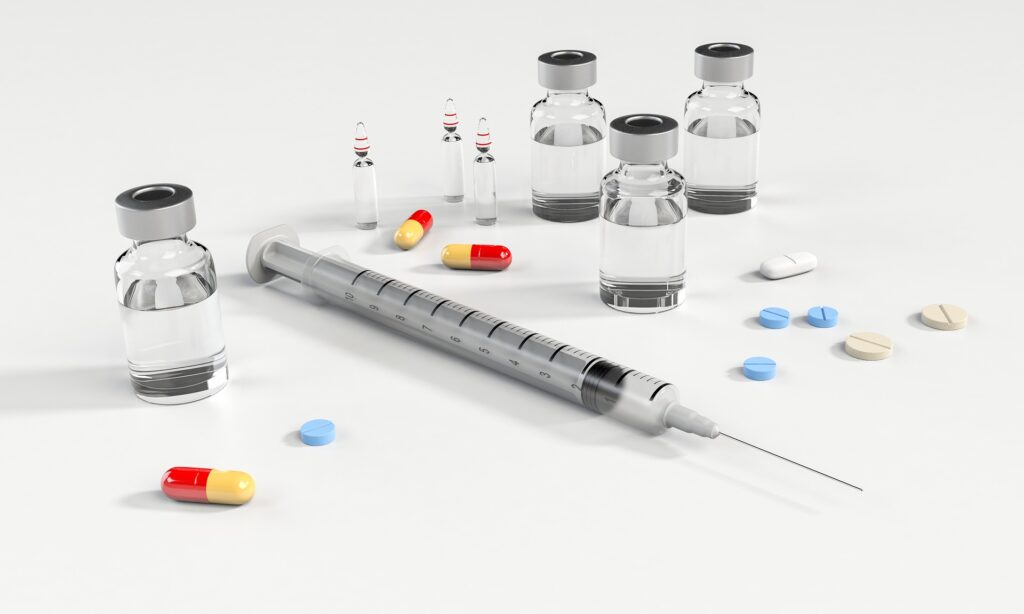
Diabetes is a chronic medical condition that affects millions of people worldwide. Early diagnosis is crucial for effective management and to prevent complications. This article explores various methods of diagnosing diabetes, including fasting blood sugar (FBS), random blood sugar (RBS), oral glucose tolerance test (OGTT), glycated hemoglobin (HbA1c), and postprandial blood sugar (PPBS). Understanding these diagnostic tests and their values can help individuals and healthcare professionals identify diabetes accurately.
Fasting Blood Sugar (FBS):
Fasting blood sugar, or FBS, is one of the most common tests used to diagnose DM. This test measures blood sugar levels after an overnight fast, typically 8 to 12 hours without food or drink. A blood sample is taken, and a fasting blood sugar level of 126 milligrams per deciliter (mg/dL) or higher indicates diabetes.
Random Blood Sugar (RBS):
Random blood sugar tests, also known as casual blood glucose tests, are performed at any time of the day, regardless of when the last meal was consumed. A result of 200 mg/dL or higher, along with classic diabetes symptoms like excessive thirst and urination, suggests diabetes.
Oral Glucose Tolerance Test (OGTT):
The OGTT is a more comprehensive test that involves fasting overnight and then drinking a glucose solution. Blood sugar levels are measured at regular intervals, usually at 30, 60, and 120 minutes after consuming the glucose solution. A blood sugar level of 200 mg/dL or higher after two hours indicates diabetes.
Glycated Hemoglobin (HbA1c) -Gold standard For Diabetes:
HbA1c, also known as A1c or hemoglobin A1c, provides a long-term measure of blood sugar control. This test reflects average blood sugar levels over the past 2-3 months. An HbA1c level of 6.5% or higher is indicative of diabetes. Lower levels are associated with better blood sugar control.
Postprandial Blood Sugar (PPBS):
Postprandial blood sugar, or PPBS, measures blood glucose levels 2 hours after consuming a meal. A value of 200 mg/dL or higher is considered diagnostic for diabetes. This test is particularly useful in assessing how the body processes sugar after eating.
Here’s a table showing fasting blood sugar levels for prediabetes, diabetes, and other relevant tests:
| Test | Prediabetes | Diabetes | Normal Range |
|---|---|---|---|
| Fasting Blood Sugar (mg/dL) | 100-125 | 126 or higher | Less than 100 |
| Postprandial Blood Sugar (PPBS) (mg/dL) | 140-199 | 200 or higher | Less than 140 |
| HbA1c (%) | 5.7-6.4 | 6.5 or higher | Less than 5.7 |
| Oral Glucose Tolerance Test (OGTT) (mg/dL) | 140-199 | 200 or higher | Less than 140 at 2 hours |
| Gestational Diabetes Screening (1-hour) (mg/dL) | 140 or higher | N/A | Less than 140 |
Additional Considerations:
- Multiple tests may be necessary for an accurate diagnosis, as results can vary due to factors like stress or illness.
- Pre-diabetes is diagnosed when fasting blood sugar levels range between 100-125 mg/dL and HbA1c levels are between 5.7% and 6.4%.
- Different organizations may have slightly different criteria for diagnosis, so it’s essential to follow the guidelines of your healthcare provider.
Conclusion:
Diagnosing diabetes is a critical step in managing the condition and preventing complications. Various diagnostic tests, such as FBS, RBS, OGTT, HbA1c, and PPBS, provide valuable information about blood sugar levels. Early detection allows individuals to take control of their health through lifestyle changes, medication, and regular monitoring. It’s important to consult with a healthcare professional for accurate diagnosis and personalized management of diabetes.

